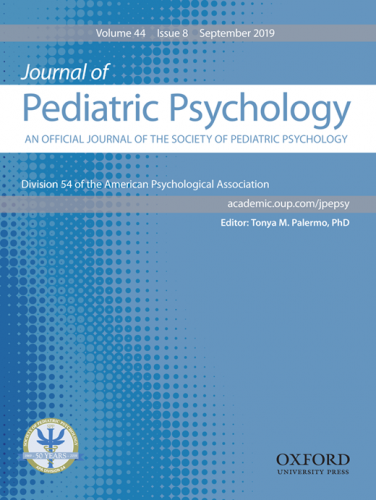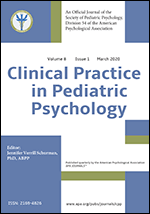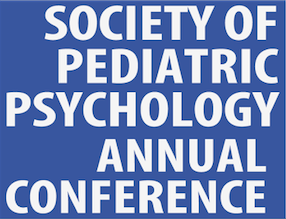Fact Sheet: Cardiovascular Disease in Children and Adolescents
Cardiovascular disease in children and adolescents encompasses both congenital and acquired heart disease. The most common cardiovascular problem is congenital heart defects (CHD) or problems with the heart’s structure that are present at birth. The etiology of CHD may be genetic, may be related to exposure to certain drugs/illnesses during pregnancy but in most cases is unknown. Similarly, the etiology of acquired cardiac conditions is variable and may relate to genetic factors or to other medical conditions.
Prevalence and Course
Congenital heart defects (CHD) are the most common type of birth defect; affecting approximately 8 out of every 1,000 newborns (Karsdorp et al., 2007). Each year, more than 35,000 babies in the United States are born with congenital heart defects; their outcomes vary greatly and are associated with the complexity and severity of the condition. Diagnosis and treatment of complex heart defects has greatly improved over the past few decades resulting in the survival to adulthood of the majority of infants born with complex CHD. Most can look forward to active, productive lives but will have continued need for specialized cardiac care and attention to the impact of their condition on such issues as those related to health insurance coverage, employment, birth control and pregnancy.
Other more common cardiovascular conditions in children and adolescents include: hypertension and rhythm abnormalities requiring placement of a pacemaker or implantable cardioverter defibrillators (ICD).
Health and Psychosocial Consequences
Children with complex CHD can experience increased fatigue, labored breathing, swelling/blueness of fingers and toes and stunted growth. There is often a need for medications, repeat invasive procedures including surgeries and routine cardiac evaluations that result in repeated absences from school. CHD has been associated with reduced quality of life, cognitive problems, poor school achievement, social and emotional problems (Goldberg et al, 2011; Karsdorp et al 2007). While cognitive weaknesses are related to illness severity, this is not the case for presence or degree of behavioural problems. Children with pacemakers/ICDs have described feelings of being different from their peers and fears of being shocked that can result in avoidance behaviours (Rahman et al, 2011; Sears et al, 2001).
Evidence-based Assessment
Domains of assessment relevant for the child with cardiovascular disease include achievement of developmental milestones; cognitive functioning and school achievement, attention, physical limitations, social emotional and family functioning. For children school-age and older, it is also important to assess knowledge about their cardiac condition, medications and limitations.
Culture, Diversity, Demographic and Developmental Factors
The impact of race and ethnicity on coping with this complex and severe medical condition has received little attention and remains an important gap in knowledge. Developmental factors are important. With increasing age more subtle weaknesses in cognitive functioning that can impact on school functioning may become apparent and impact on the child’s progress. There are also developmental differences in the child’s understanding of illness, manifestation of fears and anxieties and ability to cope with physical and emotional challenges. The transition to young adulthood has been identified for a critical time for this population with the increased demands for knowledge about their condition, limitations, medical regimens and overall independence in health care.
Evidence-based Interventions
There is support for the efficacy of cognitive behavioral interventions for the reduction of fear and anxiety and for promoting adherence; social skills interventions to help with bullying and teasing; and the use of imagery and distraction techniques to cope with procedural pain and distress. Equally important for this group are interventions addressing cognitive (e.g. memory; attention) and academic challenges.
References
Goldberg, C., Mussato, K., Licht, D., & Wernovsky, G. (2011). Neurodevelopment and quality of life for children with hypoplastic left heart syndrome: current knowns and unknowns. Cardiology in the Young, 21(Suppl. 2), 88-92.
Karsdorp, P., Everaerd, W., Kindt, M. & Mulder, B. (2007). Psychological and cognitive functioning in children and adolescents with congenital heart disease: A meta-analysis. Journal of Pediatric Psychology, 32(5), 527-541.
Rahman, B., Macciocca, I., Sahhar, M., Kamberi, S et al. (2011). Adolescents with implantable cardioverter defibrillators: A patient and parent perspective. Journal of Pacing and Clinical Electrophysiology, 1-11.
Sears, S.F., Burns, J., Handbert, E., Sotile, W. & Conti, J. (2001). Young at heart: Understanding the unique psychosocial adjustment of young implantable cardioverter defibrillator recipients. Journal of Pacing and Clinical Electrophysiology, 24, 1113-1117.



